Digital Poster
AI for Diagnosis/Prognosis: Neuro II
ISMRM & ISMRT Annual Meeting & Exhibition • 10-15 May 2025 • Honolulu, Hawai'i

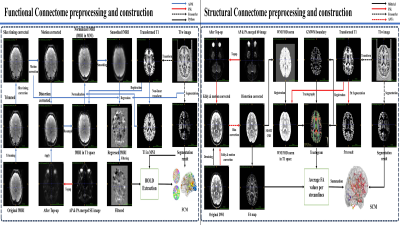 |
Computer Number: 1
1531. Brain
Connectivity based Prediction of Trait anxiety using Graph
Neural Network
S-C Jung, H-J Song, D-H Kim
Yonsei University, Seoul, Korea, Republic of
Impact: This study suggests the possibility to
complement traditional psychological assessments by
predicting accurately trait anxiety levels using MR images.
The approach could simplify mental health diagnostics, raise
new questions about imaging-based predictions and improve
access to timely interventions.
|
|
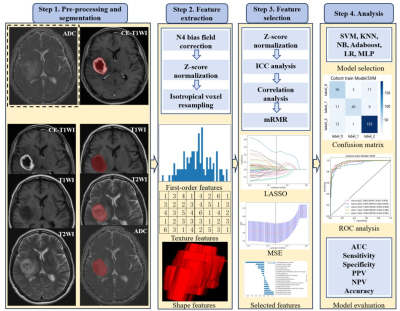 |
Computer Number: 2
1532. Three-Class
Radiomics Models for IDH-Mutation and 1p19q-Codeletion Status
Prediction in Adult-type Diffuse Gliomas
L. yanhua
Chinese people's liberation army (PLA) general hospital, Beijing, China
Impact: Three-class MRI radiomics can preoperatively
predict IDH and 1p19q-codeletion with satisfied performance,
which is helpful for glioma risk stratification.
|
|
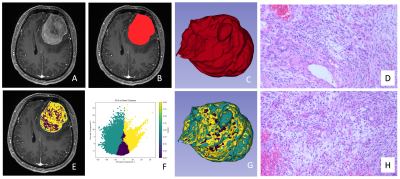 |
Computer Number: 3
1533. Habitat-based
MR radiomics enhances the ability to pre-operatively predict
tumor consistency of patients with meningioma
G. Tan, J. Zhang, L. Yang, M. Cai, Y. Huang, W. Liu, X. Liu
The Affiliated Yuebei People's Hospital of Shantou University Medical College, Shaoguan, Guangdong Province, China, Shaoguan, China
Impact: This study firstly implemented habitat analysis
in the field of tumor consistency prediction of meningioma.
Our results showed the meningioma heterogeneity features not
only significantly improved predictive performance, but also
provided new insights on tumor proliferation mechanisms of
meningiomas.
|
|
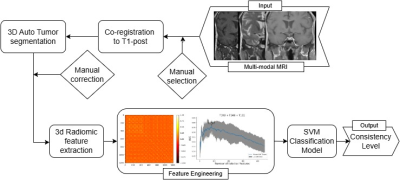 |
Computer Number: 4
1534. Developing
a radiomics model to predict tumor consistency of pituitary
adenomas using multicenter MRI data
J. Wu, P. Wang, J. Xiao, G. Zada, J. Chen, E. Briseno, Z.
Fan
University of Southern California, los angeles, United States
Impact: This research underscores the importance of
applying radiomics to diverse, generalized patient data,
advancing its potential for real-world clinical use and
demonstrating its adaptability to varied patient and imaging
conditions in practical medical scenarios.
|
|
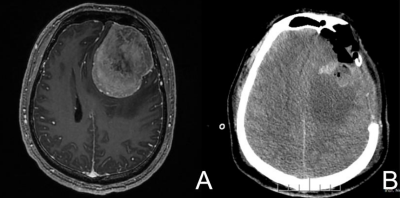 |
Computer Number: 5
1535. Machine
learning based MRI radiomics model in predicting postoperative
severe poor outcomes after resection of meningioma.
G. Tan, J. Zhang, L. Yang, M. Cai, Y. Huang, W. Liu, X. Liu
The Affiliated Yuebei People's Hospital of Shantou University Medical College, Shaoguan, Guangdong Province, China. , Shaoguan, China
Impact: The novel model can non-invasively predict PSPO
after meningioma resection, enabling early identification of
high-risk patients. This approach can optimize clinical
decision-making and enhance postoperative management,
ultimately improving outcomes for meningioma patients.
|
|
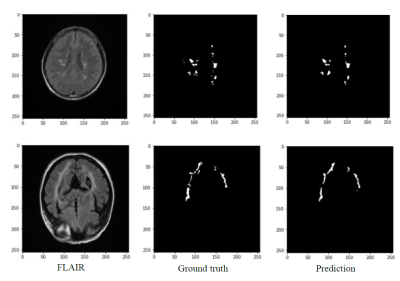 |
Computer Number: 6
1536. A
U-Net Based Machine Learning Approach with Augmentation for
Enhanced Precision in Multiple Sclerosis Lesion Segmentation
from Multi-Modal MRI
U. Sakoglu, O. Cetin, B. Canel, G. Dogali
University of Houston - Clear Lake, Houston, United States
Impact: This study’s robust MS lesion segmentation model
could complement and improve diagnostic precision and
monitoring for clinicians, leading to personalized treatment
insights. It enables researchers to explore further
multi-modal MRI benefits and model optimizations, ultimately
enhancing patient care and outcomes.
|
|
 |
Computer Number: 7
1537. Prediction
of Survival During Immunotherapy of Recurrent High-Grade Glioma
Using End-to-End CNN Deep Learning Versus Radiomics Models
G. Young, Q. Wan, C. Lindsay, C. Zhang, J. Kim, X. Chen, J.
Li, R. Huang, D. Reardon, L. Qin
Brigham and Women's Hospital, Boston, United States
Impact: End-to-end CNN models can produce similar
accuracy in recurrent HGG patient survival prediction during
immunotherapy, compared to robust-feature radiomics from
manual segmentation, and may add value in initial patient
selection for immunotherapy trials, and personalization of
therapy.
|
|
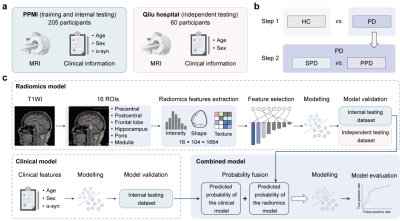 |
Computer Number: 8
1538. Prediction
of progression in Parkinson’s disease based on radiomics in
T1-weighted MRI and α‑synuclein in cerebrospinal fluid
X. Zhang, Q. Ren, X. Meng, F. Shi, J. Wu
Qilu Hospital of Shandong University, Jinan, China
Impact:
This study demonstrated the feasibility of selecting specific ROIs in standard T1-weighted MRI to predict the course of PD. Our work confirmed that the five brain regions under investigation will in fact alter as PD progresses, as shown by radiomics. |
|
 |
Computer Number: 9
1539. Auto-Segmentation
for Diffuse Pachymeningeal Enhancement in Patients with
Spontaneous Intracranial Hypotension
P-H Su, Y-F Wang, P-Y Wu, S-J Wang, C-F Lu
National Yang Ming Chiao Tung University, Taipei, Taiwan
Impact: This study developed an auto-segmentation model
for diffuse pachymeningeal enhancement on brain MRI in SIH
patients. It demonstrates the potential to integrate an
automatic detection process to assist in the clinical
diagnosis and management of SIH patients.
|
|
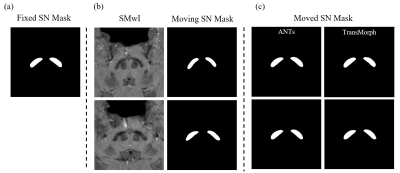 |
Computer Number: 10
1540. Utilization
of deep learning-based registration method in Parkinson’s
disease diagnostic tool
M. Lee, H. Heo, J. Jo, I. Shin, M. S. Kim, S. J. Chung, S.
Y. Kang, S. Song
Heuron Co.Ltd., Seoul, Korea, Republic of
Impact: By changing the ANTs-based SyN registration
method in Heuron IPD with TransMorph, a deep learning-based
model, we reduced the registration processing time by
approximately 32 times while maintaining the diagnostic
performance of Heuron IPD.
|
|
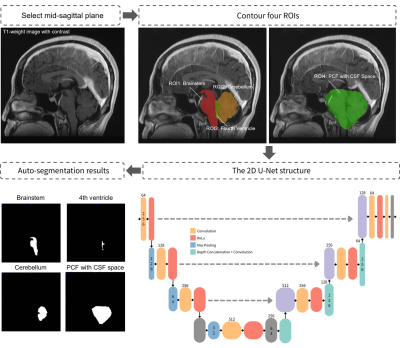 |
Computer Number: 11
1541. Automated
Segmentation of Posterior Cranial Fossa in Spontaneous
Intracranial Hypotension
P-Y Wu, Y-F Wang, P-H Su, S-J Wang, C-F Lu
Department of Biomedical Imaging and Radiological Sciences, National Yang Ming Chiao Tung University, Taipei, Taiwan
Impact: This study built the foundation for the
automatic detection of SIH from structural MRI, paving the
way for future research to facilitate the diagnosis by
quantifying brain sagging signs and enhancing the efficiency
and accuracy of clinical management.
|
|
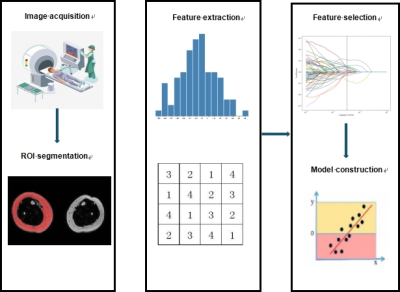 |
Computer Number: 12
1542. Non-contrast
MRI based machine learning and radiomics signature can predict
the severity of primary lower limb lymphedema
X. Li
Beijing Shijitan Hospital Affiliated to Capital Medical University, Beijing, China
Impact: All five models performed well in distinguishing
between the nonsevere group and the severe group.
NCMRI based machine learning radiomics signature can predict
the severity of primary lower limb lymphedema.
|
|
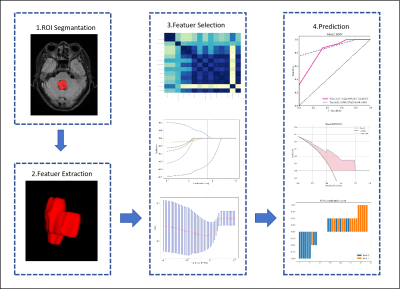 |
Computer Number: 13
1543. Machine
learning radiomics for prediction of posterior cranial fossa
ependymoma PFA and PFB subgroups
R. Xu, H. Kukun, G. Han, Y. Wang
The First Affiliated Hospital of Xinjiang Medical University, Urumqi, China
Impact: The proposed machine learning model effectively
distinguishes between the molecular subtypes of ependymoma,
showing strong performance and enhancing diagnostic
accuracy, which is expected to provide valuable insights for
clinical decision-making.
|
|
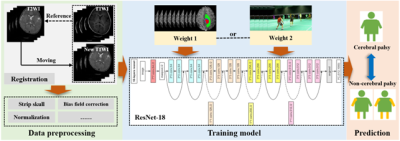 |
Computer Number: 14
1544. Automating
early prediction of cerebral palsy: A transfer learning model
for infant MRI analysis
Z. Jia, T. Huang, Y. Bian, X. Li, J. Yang
Xi'an Jiaotong University, Xi'an, China
Impact: This model demonstrates the potential of deep
transfer learning for early CP prediction, offering reliable
support for early intervention and rehabilitation planning
in infants aged 6 months to 2 years, with significant
clinical application value.
|
|
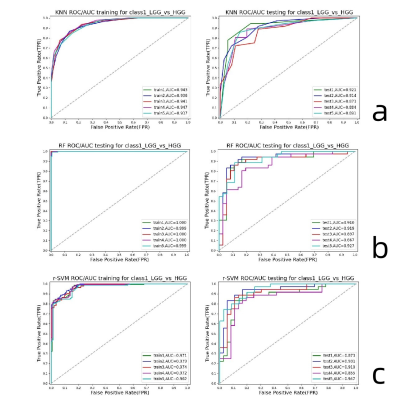 |
Computer Number: 15
1545. Predictive
Power of Combined Inflammatory Markers and MRI Features for
Glioma Prognosis Using Machine Learning
Y. Liu, Y. Wang, J. Zhu, J. Qian, S. Qin, Y. Hong, S. Sun,
F. Chen, Q. Zhang, Q. C. Fu, P. Wang, Q. Lv
Department of Medical Imaging, Tongji Hospital, Tongji University School of Medicine, Xincun Road No. 389, Shanghai, China
Impact: 1.Key MRI-derived features and inflammatory
markers were both used to train a model.
2.The models showed superior predictive performance. 3.The models can be used for distinguishing between high-grade and low-grade gliomas. |
The International Society for Magnetic Resonance in Medicine is accredited by the Accreditation Council for Continuing Medical Education to provide continuing medical education for physicians.